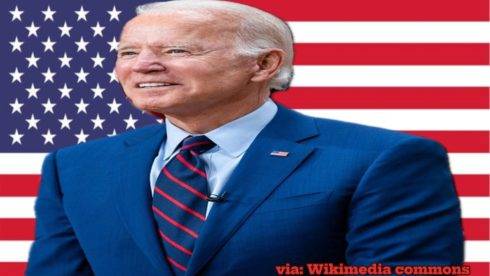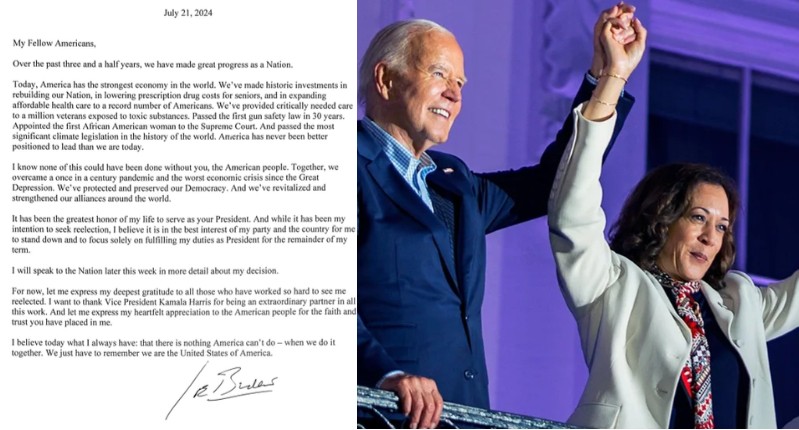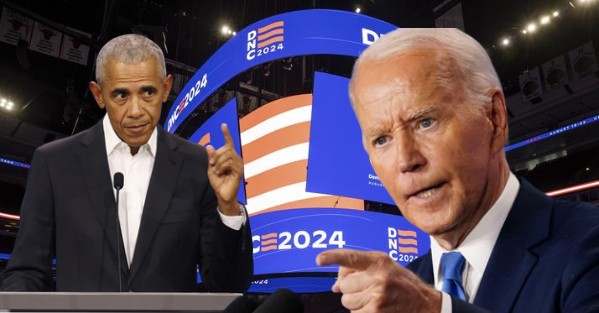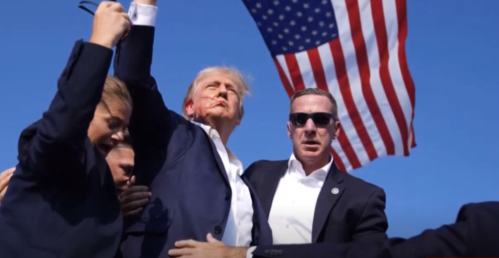US President Joe Biden’s administration is gearing up to announce a significant decision on tariffs concerning China, anticipated to be revealed as early as next week. Unlike the broad tariff increases favored by his predecessor, Donald Trump, Biden’s approach is expected to be more strategic, focusing on key sectors while maintaining existing levies. This move marks the culmination of a review of the Section 301 tariffs initially imposed under the Trump administration in 2018. The upcoming tariffs are set to target crucial industries such as electric vehicles (EVs), batteries, and solar cells, with an official announcement scheduled for May 14.
This decision underscores Biden’s commitment to addressing economic competition with China, further emphasized by recent actions such as tariff hikes on Chinese steel and aluminum in April. Additionally, the initiation of a fresh investigation into China’s shipbuilding industry signals a proactive stance in safeguarding US economic interests. However, the impending tariffs have already sparked reactions in financial markets, evident in the weakening of China’s renminbi and a dip in the CSI 300 Index of Chinese shares.
Implications for Investors and Chinese Economy
The news of potential tariffs has prompted apprehension among investors, particularly those with exposure to industries targeted by the upcoming measures. Experts anticipate a cautious approach from investors, especially in green-tech sectors where prominent companies like Contemporary Amperex Technology have limited their US operations due to perceived risks. Moreover, China’s reliance on manufacturing to counter domestic economic slowdown has raised concerns internationally, with leaders from the US and the European Union highlighting issues such as state subsidies and the influx of cheap exports affecting their respective markets.
President Biden’s rhetoric emphasizes the necessity for fair competition rather than confrontation with China, framing the tariffs as a response to what he views as unfair economic practices and industrial over-capacity. However, the immediate impact on Chinese firms may be limited, as key players in industries like EVs and solar cells already face barriers to entry into the American market. Despite this, the tariffs signal a continuation of the US stance against perceived economic imbalances and trade practices, setting the stage for potential shifts in global trade dynamics.
Long-term Outlook and Mitigation Efforts
While the immediate focus is on the announcement and implications of the new tariffs, stakeholders are also considering long-term implications and potential mitigation strategies. Chinese firms, particularly in the EV and solar sectors, may explore diversification and innovation to navigate the evolving trade landscape. Additionally, diplomatic efforts between the US and China could influence the trajectory of trade relations, with negotiations aimed at resolving underlying trade disputes and fostering a more balanced economic relationship.
Overall, Biden’s tariff decision underscores the complexities of US-China economic relations and the broader implications for global trade and investment. As both nations navigate geopolitical tensions and economic competition, the outcomes of such decisions will shape the future landscape of international commerce and cooperation.
Biden and Trump Vie for Tough Stance on China Ahead of Election Rematch
As the 2024 election approaches, both President Biden and former President Trump are ramping up their rhetoric on China, aiming to portray themselves as strong leaders in dealing with the economic giant. In April, President Biden signed a bill into law initiating a countdown for TikTok, owned by Chinese company ByteDance, to either divest from its parent company or exit the American market. Meanwhile, Trump has promised to escalate tariffs on Chinese imports if re-elected, proposing a staggering 60 per cent tax increase across the board.
The divergent approaches reflect broader differences in the two parties’ strategies. While Trump’s aggressive tariff policies during his previous administration led to a tit-for-tat trade war with China, Biden’s administration is seeking a more strategic and effective approach. Senator Chuck Grassley, a Republican from Iowa, anticipates Beijing’s retaliation, particularly targeting agricultural exports, reminiscent of China’s response during Trump’s tenure.
Biden’s Calculated Tariff Strategy
President Biden’s recent moves signify a shift in tariff policy, aiming for strategic enforcement rather than blanket measures. The Office of the U.S. Trade Representative, led by Katherine Tai, is expected to finalize the review initiated in 2022, potentially leading to targeted tariffs on Chinese goods. This shift follows Biden’s proposal for 25 per cent tariffs on Chinese steel and aluminum, a symbolic gesture aimed at bolstering the American steel sector.
Unlike Trump’s broad tariff impositions, Biden’s administration is considering the impact on various sectors and industries. Internal debates have centered on the implications for consumer prices, with some officials advocating for easing tariffs on household items to alleviate inflation pressures. However, the formal review process mandated by law has forced a reevaluation of these measures, highlighting the complexities of tariff policy in the current economic landscape.
Navigating Political and Economic Challenges
The debate over tariffs underscores the intricate balance between economic interests and political considerations. While Trump’s tariffs were implemented under Section 301 of the Trade Act of 1974, Biden’s administration faces the challenge of navigating existing tariffs while appeasing domestic concerns over inflation. The ongoing review process signals a deliberate approach to tariff policy, seeking to address the flaws and inefficiencies of previous measures.
Moreover, with the specter of the upcoming election looming large, both parties are keenly aware of the political ramifications of their stance on China. Biden’s efforts to shore up the American steel sector and protect workers reflect a broader strategy to appeal to key constituencies. However, the efficacy of these measures remains uncertain, particularly in the face of China’s potential retaliatory actions.
The jockeying between Biden and Trump over China reflects deeper ideological and strategic differences within American politics. As the election draws nearer, the outcome of this rivalry will not only shape U.S.-China relations but also influence domestic economic policy for years to come.
Table of Contents
Discover more from OGM News NG
Subscribe to get the latest posts sent to your email.














